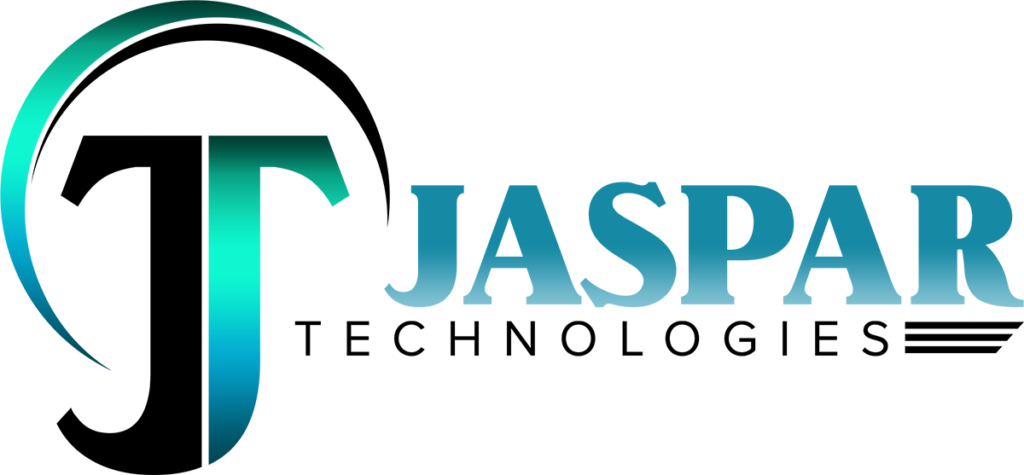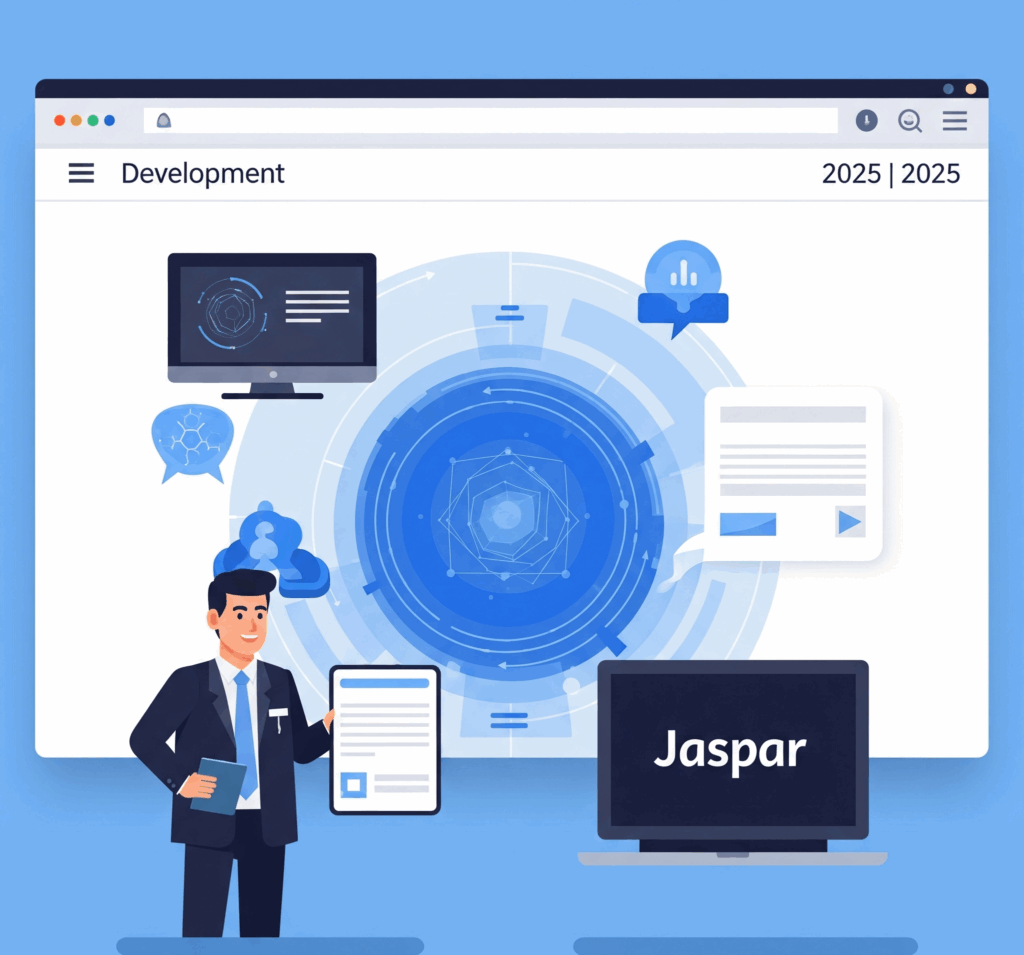I remember a time, not too long ago, when building a website felt like assembling a complex Lego set, piece by painstaking piece. HTML for the structure, CSS for the looks, and JavaScript to make things move. It was a clear, albeit sometimes clunky, process. Now, in 2025, that Lego set has evolved into a dynamic, interconnected ecosystem where AI, serverless functions, and immersive experiences are the new bricks.
The web development landscape is always shifting, and staying updated isn’t just about curiosity—it’s about staying relevant.
The Foundation Remains Strong: HTML, CSS, and JavaScript
No matter how advanced web development gets, the core triumvirate of HTML, CSS, and JavaScript remains indispensable. They are the bedrock upon which all web experiences are built.
- HTML (HyperText Markup Language): This is the standard language for creating web pages. It provides the structure and content.
- CSS (Cascading Style Sheets): CSS dictates the visual presentation of web pages. It controls colors, fonts, layout, and responsiveness.
- JavaScript: The dynamic brain of the web, JavaScript enables interactive elements, animations, and complex functionalities that bring websites to life.
Frontend Frameworks and Libraries: Building Rich User Experiences
Frontend frameworks and libraries continue to dominate development by offering efficient ways to build complex and interactive user interfaces.
React
Still a powerhouse, React, developed by Facebook (now Meta), is widely used for building single-page applications and dynamic user interfaces. Its component-based architecture makes development modular and reusable.
Angular
Google’s Angular is a comprehensive framework for building enterprise-level applications. It offers a structured approach with built-in features for data binding, routing, and state management.
Vue.js
Vue.js remains a popular choice for its simplicity, flexibility, and gentle learning curve. It’s often favored for smaller to medium-sized projects and offers excellent performance.
Svelte
Svelte is gaining traction for its unique approach: it shifts the work from the browser to the compile step. This results in highly optimized, vanilla JavaScript bundles and exceptional performance.
Backend Technologies: Powering the Server Side
Robust backend technologies are crucial for handling data, user authentication, and server logic.
Node.js
Node.js allows developers to use JavaScript on the server side, enabling full-stack JavaScript development. Its non-blocking, event-driven architecture makes it highly scalable for real-time applications.
Python (with Django/Flask)
Python, with frameworks like Django and Flask, is a versatile choice for backend development. It’s known for its readability, extensive libraries, and strong community support, particularly for data-intensive applications and AI integration.
Go
Go, developed by Google, is increasingly popular for its performance, concurrency, and efficiency. It’s well-suited for building scalable network services and APIs.
Emerging Trends and Architectures: The Future is Now
Beyond the core languages and frameworks, several trends are shaping web development in 2025.
Progressive Web Apps (PWAs)
PWAs bridge the gap between websites and native mobile apps. They offer offline capabilities, push notifications, and fast loading times, providing an app-like experience directly in the browser.
Serverless Architecture
Serverless computing allows developers to build and run applications without managing servers. Services like AWS Lambda, Google Cloud Functions, and Azure Functions enable scalable and cost-effective backend solutions.
Headless CMS
Headless CMS solutions decouple the content management system from the frontend presentation layer. This offers greater flexibility in delivering content to various platforms and devices via APIs.
WebAssembly (Wasm)
WebAssembly brings near-native performance to web applications by allowing code written in languages like C++, Rust, and Go to run directly in web browsers. This opens up possibilities for high-performance applications previously confined to desktop environments.
AI and Machine Learning Integration
AI is no longer just a buzzword. It’s actively integrated into web development for features like personalized user experiences, intelligent chatbots, automated content generation, and advanced analytics. AI-powered development tools also assist in coding and debugging.
Micro Frontends
This architectural approach breaks down large frontend applications into smaller, independent, and deployable units. It improves scalability, team autonomy, and reduces complexity in large-scale projects.
Staying Ahead
The web development landscape will continue to evolve rapidly. Focusing on a strong foundation in HTML, CSS, and JavaScript, coupled with proficiency in leading frameworks and an understanding of emerging trends like PWAs, serverless, and AI integration, will equip you for success in 2025 and beyond. Continuous learning is not just a recommendation; it’s a prerequisite for thriving in this dynamic field.



